What Are The
Types Of Nonverbal Communication
As a wanna-be Manager, ask yourself not only
“What are my words saying?” but, “What is my body saying?”
as “Actions speak louder than words”
The Definition of Non-verbal Communication is
"All Messages (or Communications) not coded in words”.
Lewis, 1975
Being aware of the types of nonverbal communication will help you to reveal your feeling and give feedback to people without using words. Secondly, you can make more reasonable judgements by being more sensitive to underlying meanings.
Nonverbal Communication can be Tactile and Visual
Types of Nonverbal communication
|
Posture
The way people sit, stand or position themselves can vary with culture and there are unspoken rules as to how you position yourself and how that is a reflection of your position and how you feel in relation to the others.
Status is often inferred from body posture. A dominant person tends to tilt the head upwards while submission is indicated by the bowed head. Leaning forward shows interest, leaning back disinterest. Then, leaning forward can mean anxiety or energetic responses. The real understanding comes from understanding a combination of NVC like body posture and facial expression together.
People who regard themselves as being of higher status will often adopt more relaxed positions to their juniors.
Facial Expression
The human face is the most expressive part of the body and without specialize training, one of the most difficult types of nonverbal communication to control.
We smile or frown involuntarily, register surprise or bewilderment unconsciously and have no control over blushing, turning pale or the contraction / dilation of our pupils.
Research shows that facials cues are more forceful than verbal cues. We bite our lips when we are worried. We frown when we are worried or confused. Our eyebrows go up when we are surprised, we smile when we are happy or when we approve of something.
Eye Contact And Gaze
“The eyes are the most direct and powerful forms of non-verbal communication”
Tortorielli, 1978
- Making eye contact signals the desire to communicate
- Long steady look can be interpreted as honesty or even intimacy
- A stare can mean anger or danger
- Shifty eyes can be nervousness or dishonesty
- Who hasn’t “rolled their eyes to heaven in exasperation”?
In NLP (Neuro-Linguistic-Programming), the upwards glance is taken as a sign of remembering, a downward glance as submission or sadness, looking left is being in creative-thinking process (often making up lies) and looking right – remembering the details (being honest).
Gestures
A heavy, culturally-loaded type of nonverbal communication and one that can give rise to unbeknownst conflict! What is acceptable in one culture, may not in another.
In Western culture, a nodding head is a sign of agreement, in Eastern cultures it isn’t.
Typical gestures can be different in the varying cultures. In English speaking cultures, you make the sign for “crazy” with one finger to the temple, in German, the same is achieved by waving a palm in front of the face!
But there are some generally understood gestures
- Gripping hands together indicating grief
- Clinching of fists in anger
- Outstretched hands with palms uppermost in supplication.
Physical Contact: Touch & Touch Avoidance
This is one of the most basic types of nonverbal communication. We touch people only when we feel we can and that indicates how we perceive ourselves, our relationship to the others and the actual situation. We touch others to show empathy, to get their attention, to stress a point. We shake hands in greeting and farewell. We hug when we feel affection.
Here again, understanding cultural difference is a huge issue. In Japan for example, the formal bow will replace the western handshake. Eskimos will greet each other with a blow to the shoulder. Argyle (1976) explained that the amount and type of physical contact will depend on age, relationship and culture.
You need to be aware of these cultural differences and use them only when it is acceptable to the other person.
Physical Space
Each person has a certain physical distance with which he or she would like to keep in relation to other people.
In Western cultures a minimum is 35 – 40 cms is acceptable, whereas South Americans or middle East people require far less physical space or “Personal Space” and this can be very disturbing for Westerners when the space issue is not respected. Wrong signals can be given out.
If you ignore this need for personal space and come too close, it can be perceived as threatening. Too wide a space then, may be perceived as distanced or arrogant.
The right to physical space is also often linked with the perception of status. Think of the Big Managers office that takes 5 minutes to cross from doorway to desk. Another case is with the Judge in a courtroom. His or her status is given by all the space between them and the general public and is added to by the height of the desk in the room, as the judges chair is often up on a podium.
Physical Appearance
Grooming, Posture, Stance and Appearance are all critical for conveying an image. They are key issues in the most blatant types of nonverbal communication. There are schools who train celebrities to manufacture their brand by virtue of practicing Stance, postures and other nonverbal symbols, all in an effort to produce a brand or a representation of something. See Nonverbal communication in Business to get a better, all-round, if not amusing understanding of the Physical appearance issues.
Here is an excerpt of our infographic:
Nonverbal Aspects Of Speech
There are many aspects of speech that will can be categorized as types of nonverbal communication also and they can convey strong messages too.
- The Tone and Pitch of the Voice
- The Timing of the Speech
- The Use of Silences
- Speech Errors
- Accents
Conclusion:
I hope to have put together in this short page a few of the items that will give you an insight – as well as something to think about – in this huge area of Non-Verbal Communication.
For More of Aspects Of Communication, Try Out the Following Pages:







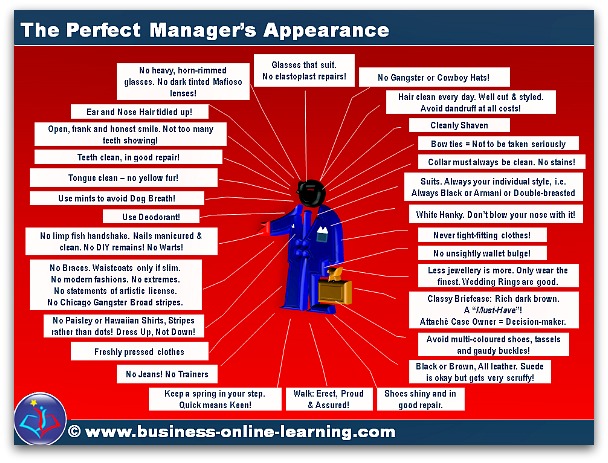
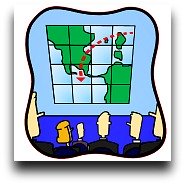

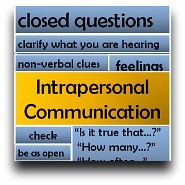

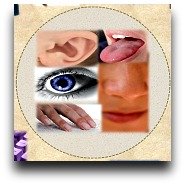

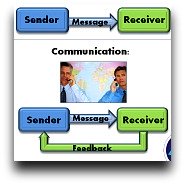




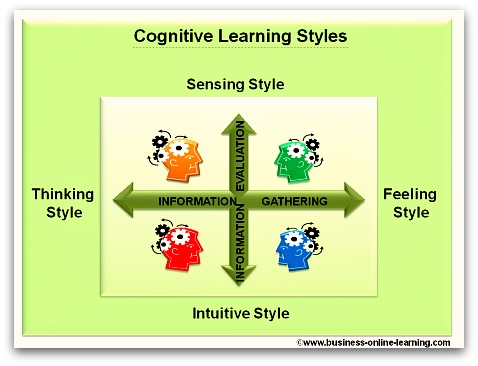


 My name is Martha and I have worked for over 30 years in various aspects of business and in various countries, right around the world.
My name is Martha and I have worked for over 30 years in various aspects of business and in various countries, right around the world.